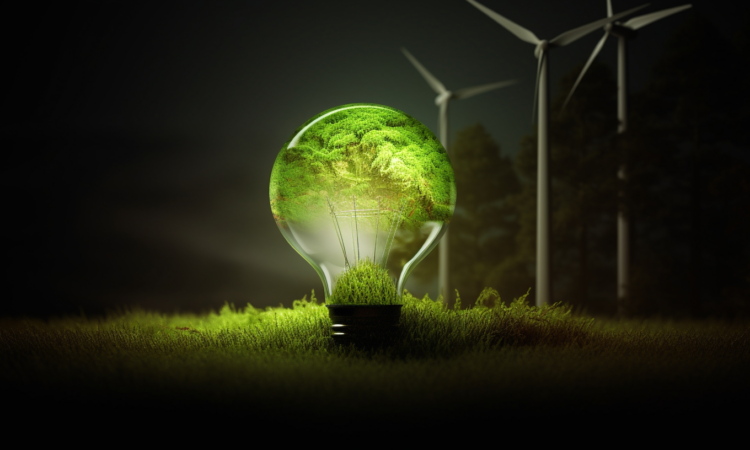
Investing in Wind Farms: Risks and Rewards
Investing in wind farms has become an increasingly popular option for investors seeking to diversify their portfolios and contribute to the global transition towards renewable energy. Wind energy has experienced significant growth in recent years, with the Global Wind Energy Council reporting that the total installed wind power capacity worldwide reached 651 GW at the end of 2020, a 53% increase from five years earlier. This growth is expected to continue, driven by supportive government policies, technological advancements, and the increasing competitiveness of wind energy compared to traditional fossil fuels.
Despite the promising outlook for the wind energy sector, investing in wind farms is not without risks. Investors must carefully consider the potential challenges and rewards associated with this type of investment before committing their capital. One of the primary risks associated with investing in wind farms is the uncertainty surrounding government policies and regulations. While many countries have implemented policies to support the growth of renewable energy, these policies can change over time, potentially impacting the profitability of wind farm investments. For example, changes in subsidies, tax incentives, or renewable energy targets can directly affect the revenue generated by a wind farm.
Another risk factor to consider is the variability of wind resources. The amount of energy produced by a wind farm depends on the strength and consistency of the wind at the site. While advances in wind turbine technology have improved the efficiency of energy capture, wind speeds can still fluctuate significantly, leading to variations in energy production and revenue. To mitigate this risk, investors should carefully assess the wind resource at a potential investment site, using historical data and advanced modeling techniques to estimate future energy production.
The construction and operation of wind farms also present potential risks. Delays in construction, cost overruns, or technical issues with the turbines can negatively impact the return on investment. Additionally, wind farms can face opposition from local communities due to concerns about noise, visual impact, or potential harm to wildlife. Such opposition can lead to delays in permitting or even cancellation of projects. Investors should carefully evaluate the track record of the project developer and the potential for community opposition when considering a wind farm investment.
Despite these risks, investing in wind farms can offer significant rewards. One of the main attractions for investors is the potential for stable, long-term cash flows. Once a wind farm is operational, its ongoing costs are relatively low, and the revenue generated from the sale of electricity is typically secured through long-term power purchase agreements with utilities or other off-takers. This can provide investors with a predictable income stream over the life of the project, which can be particularly attractive in a low-interest-rate environment.
In addition to the financial rewards, investing in wind farms can also contribute to positive environmental and social outcomes. Wind energy is a clean, renewable source of electricity that produces no greenhouse gas emissions or air pollution. By investing in wind farms, investors can support the transition to a low-carbon economy and help to mitigate the impacts of climate change. Furthermore, the development of wind farms can create jobs and stimulate economic growth in rural areas, providing additional social benefits.
In conclusion, investing in wind farms presents both risks and rewards for investors. While challenges such as policy uncertainty, resource variability, and project execution risks must be carefully considered, the potential for stable, long-term cash flows and positive environmental and social impacts make wind farm investments an attractive option for those looking to diversify their portfolios and support the global transition to renewable energy.






